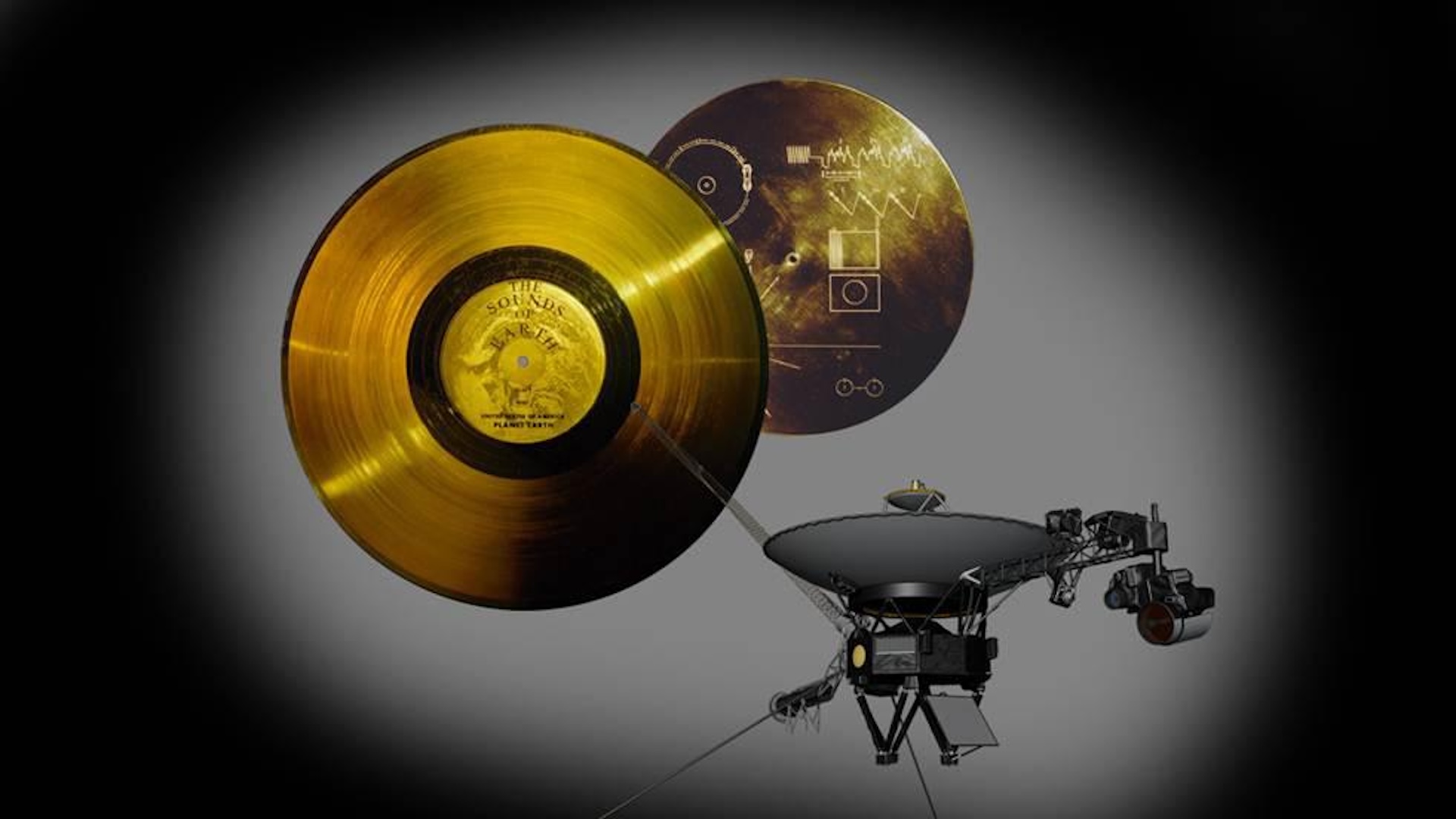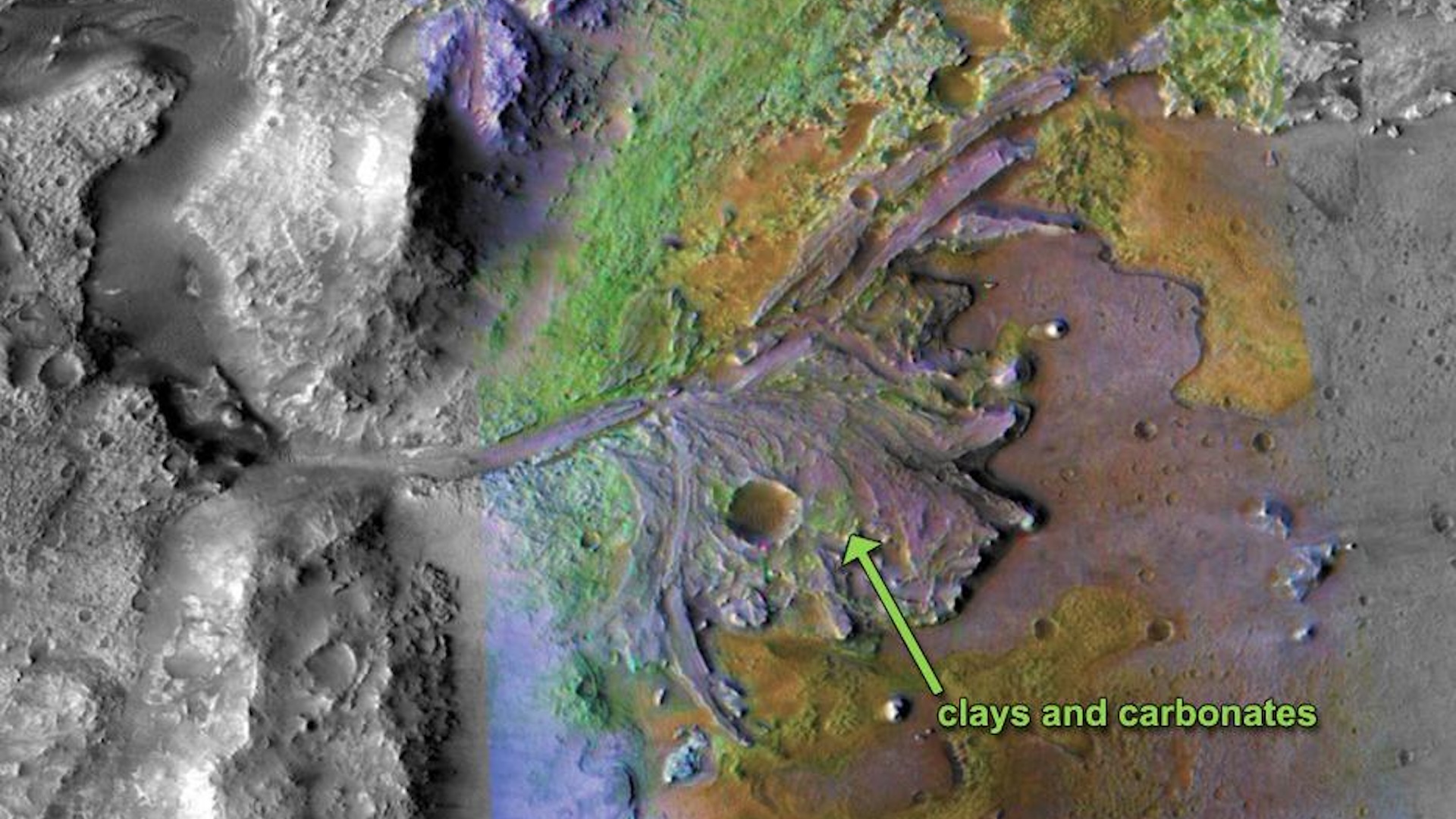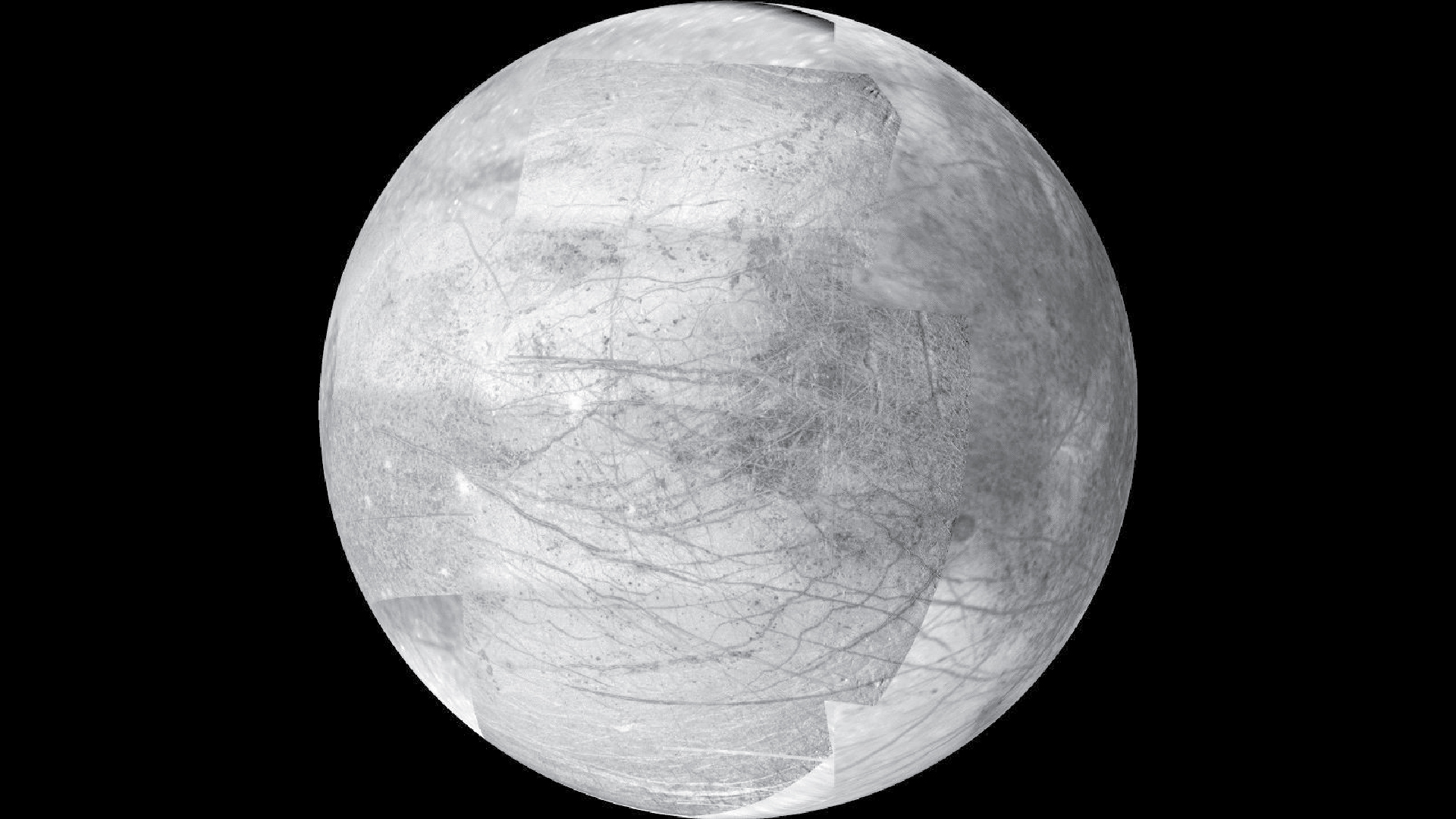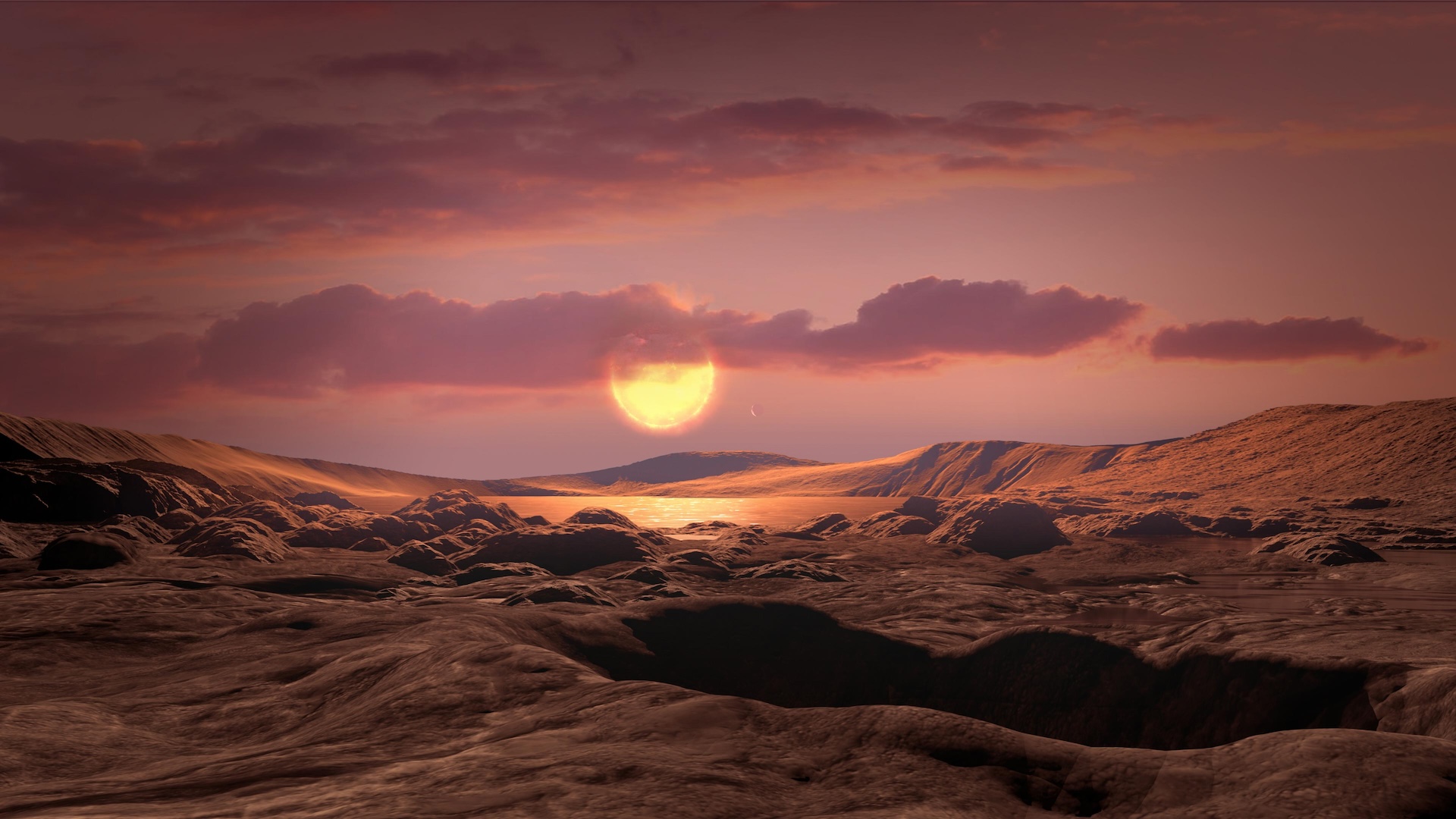Quick facts about aliens
Has extraterrestrial life been discovered?: Not yet!
Where are scientists looking for aliens?: Water-rich bodies in our solar system, like Jupiter’s moon Europa, and Earth-like exoplanets — planets outside our solar system
How many planets in the Milky Way have the right conditions for life? An estimated 300 million
E.T., Stitch, Chewbacca, Groot — humans have a lot of ideas about what aliens might look like. But what is the science behind extraterrestrial life? Is it possible that humans will ever experience “first contact” with an alien species?
Many scientists hope so. They’re looking for extraterrestrial life on planets with conditions that look like Earth’s. A life-friendly planet would probably have water, for example. And for water to be a liquid, the planet must be the perfect distance from its sun for that water not to freeze or turn into a gas.
There’s no evidence yet for life on other planets, but as scientists discover more and more planets outside our solar system, they’re hopeful that some of these worlds will be “just right” for life to exist or evolve there.
5 fast facts about aliens
- Scientists have been listening for alien signals with special radio receivers since 1992. They haven’t picked up any yet!
- Mars might have once hosted life — most likely tiny things like bacteria — but scientists can’t say for sure.
- Jupiter’s moon Europa has an ocean, and it might have hydrothermal vents, or cracks in the seafloor where hot water seeps through. Scientists think life on Earth may have evolved in hydrothermal vents.
- The “Goldilocks zone” is the space around a star where temperatures allow liquid water to exist. Many scientists think planets in the Goldilocks zone are those most likely to host life.
- The oldest known life on Earth is 4.2 billion years old.
Everything you need to know about aliens
Are aliens real?
Sci-fi aliens like Baby Yoda are fun to imagine, but scientists are serious about extraterrestrial life. There are some 100 billion stars in the Milky Way galaxy and at least 2 trillion galaxies in the universe we can study. If most of those stars have at least one planet around them, there could be up to 20 billion trillion extraterrestrial worlds out there.
Given those numbers, it would be shocking if only a single planet — Earth — had life. But our closest neighbors in the solar system, Mars and Venus, don’t seem to have any life. Some moons of Saturn and Jupiter have water, so they could have life — most likely tiny creatures the size of germs. If Earthlings ever meet aliens face-to-face, they’ll probably need a microscope to say hi.
Until scientists find some firm proof, such as a communication signal from an alien world or fossilized microbes from Mars, Earth remains the only planet where life is known to exist.
What might aliens look like?
What aliens would look like would depend on where they came from. For example, on the icy moons in our solar system (Jupiter’s Ganymede and Europa, and Saturn’s Enceladus), life could thrive around hydrothermal vents in the oceans under the ice. This life might look like the weird creatures of the deep ocean seen on Earth. There could be primitive microbes, like Earth’s single-celled Archaea. There might be relatively simple creatures with many cells in their body, sort of like Earth’s tube worms, which live off chemicals from the vent fluid.
Earth formed about 4.5 billion years ago, and we think the first life existed by about 4.2 billion years ago. But life on Earth started simple and stayed that way for a long time. The first microbes that produced carbon evolved at least 3.7 billion years ago. (Carbon is an element that is a part of all known life.) But the kind of cells that gave rise to animals, plants and other complex life-forms didn’t evolve until between 2.7 billion and 1.8 billion years ago. Life-forms made of many cells didn’t show up until 600 million years ago. And modern humans came on the scene only around 300,000 years ago.
That means that, if other planets with life are like Earth, the time period in which they might host intelligent life (or even something as cuddly as a koala) is pretty brief. But there’s a good chance that human life might overlap with microbial life on another planet.
Scientists do think that life on other planets would be driven by the same processes as it is on Earth, namely evolution. Changes to the environment drive living things to change, leading to new and more complex species. So a planet out in space that is like Earth and has been through many changes in its surface, rocks and climate would probably have complex life, too. In that case, aliens might face similar challenges and needs as here on Earth, and thus might evolve similar features. Eyes, for example, have evolved independently dozens of times on Earth, and they might evolve in life on other planets, too.
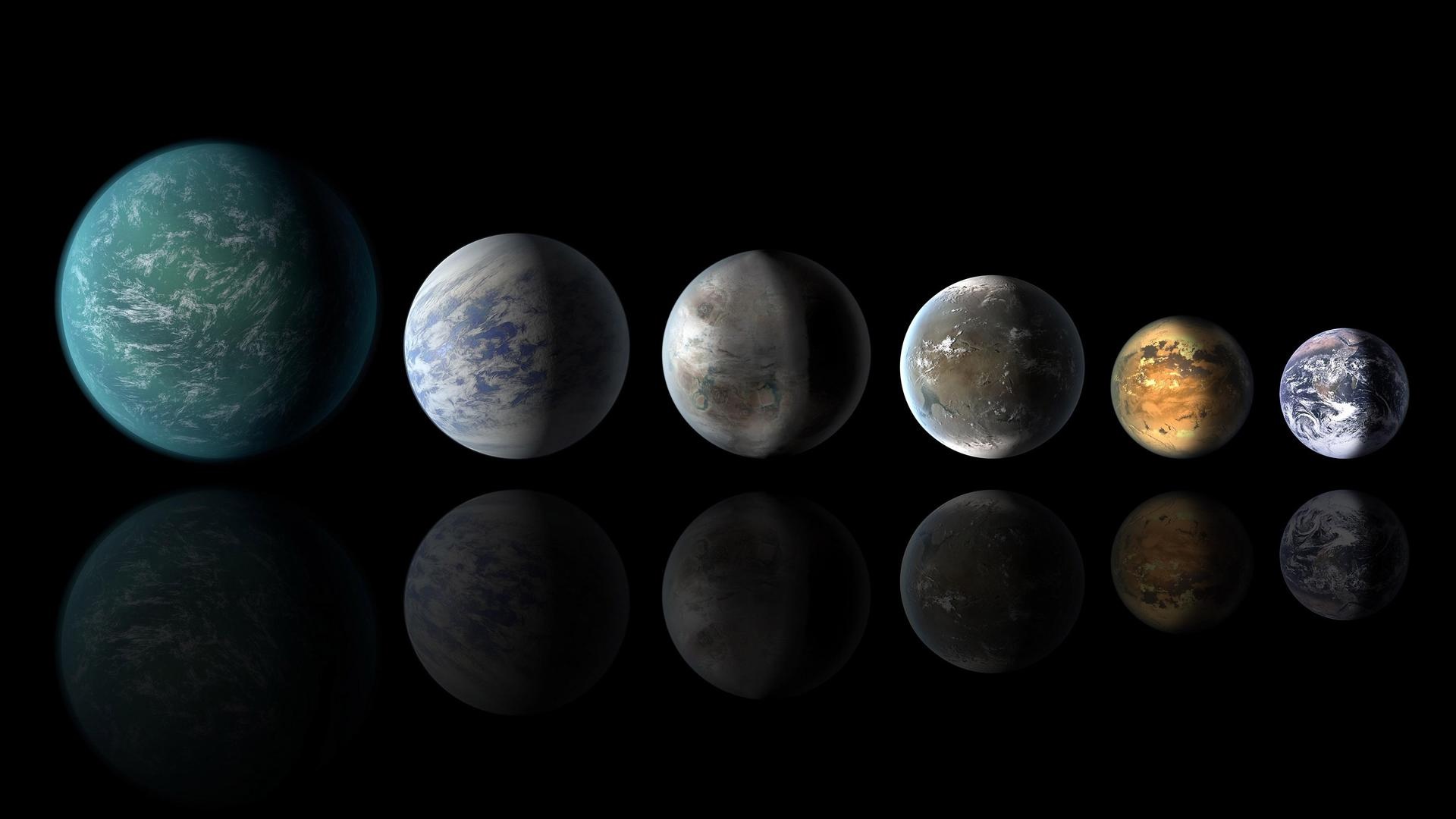
Where might aliens live?
Some scientists still hold out hope that life exists elsewhere in our solar system. If it does, it’s probably on one of the these moons:
Ganymede: Jupiter’s largest moon is bigger than Mercury and hides a giant ocean under its icy surface.
Europa: Another moon of Jupiter with an ice-bound ocean, Europa has liquid water, heat generated by the pull of Jupiter’s gravity, and chemicals that are the building blocks of life.
Enceladus: This Saturn moon spews water vapor that contains carbon compounds from its surface. One of these compounds, hydrogen cyanide, is important for the origin of life.
Titan: This moon of Saturn is very cold, but it does have carbon-rich liquid on its surface. Any life found on Titan would have to thrive in conditions not seen on Earth.
Triton: Neptune’s moon Triton is very, very cold, but it might have an ocean under its surface layer of ice. It also has geological activity in the form of geysers that erupt when the sun heats the nitrogen ice on the planet’s surface.
And our next-door neighbor, Mars, may have hosted life in the past, because it used to have liquid water and an atmosphere. Today, any life would have to persist in deep pools of water below the Red Planet’s surface.
Outside the solar system, scientists are continually discovering new exoplanets. They can learn things about these planets’ atmospheres by studying the types of light waves they see using superpowerful telescopes. One promising exoplanet for life is called K2-18b. This world is too far for humans to visit, but the light from the planet has reached Earth. This light tells us the planet has an ocean. Scientists think they’ve detected some chemicals in K2-18b’s atmosphere that could be made by marine life, but they don’t know for sure.
How are scientists looking for aliens?
Scientists look for aliens in a few different ways.
First, they listen for alien signals. This is called “passive SETI,” for “search for extraterrestrial intelligence.” If aliens are smart like we are, their technology might send signals into the cosmos. On Earth, for example, all of the radio waves from our phones, satellites and TV station communications “leak” into space, and these leaking radio waves could be picked up if anyone were listening. So Earthlings use telescopes designed to pick up radio waves from space, hoping to find extraterrestrial signals.
That only works for tech-savvy aliens, though. Scientists also use light to look at the kinds of molecules that are present on far-off planets and moons. On Earth, some molecules are usually or always made by living things, so if those molecules are found elsewhere, they could be a sign of life. This kind of research lets scientists look for hints of life on exoplanets that are too far away to reach with a spacecraft.
Scientists also send spacecraft to the nearby places where life might exist. The Mars rovers, for example, collect rock samples that could contain evidence of fossilized ancient Martian microbes. (They haven’t found any yet, but you never know!) NASA is planning to send a drone with propellers, called Dragonfly, to Saturn’s moon Titan in 2028. Dragonfly would reach Titan by 2034 and search for chemicals tied to life. The European Space Agency would like to send a mission to Enceladus, also to search for signs of past or present life.
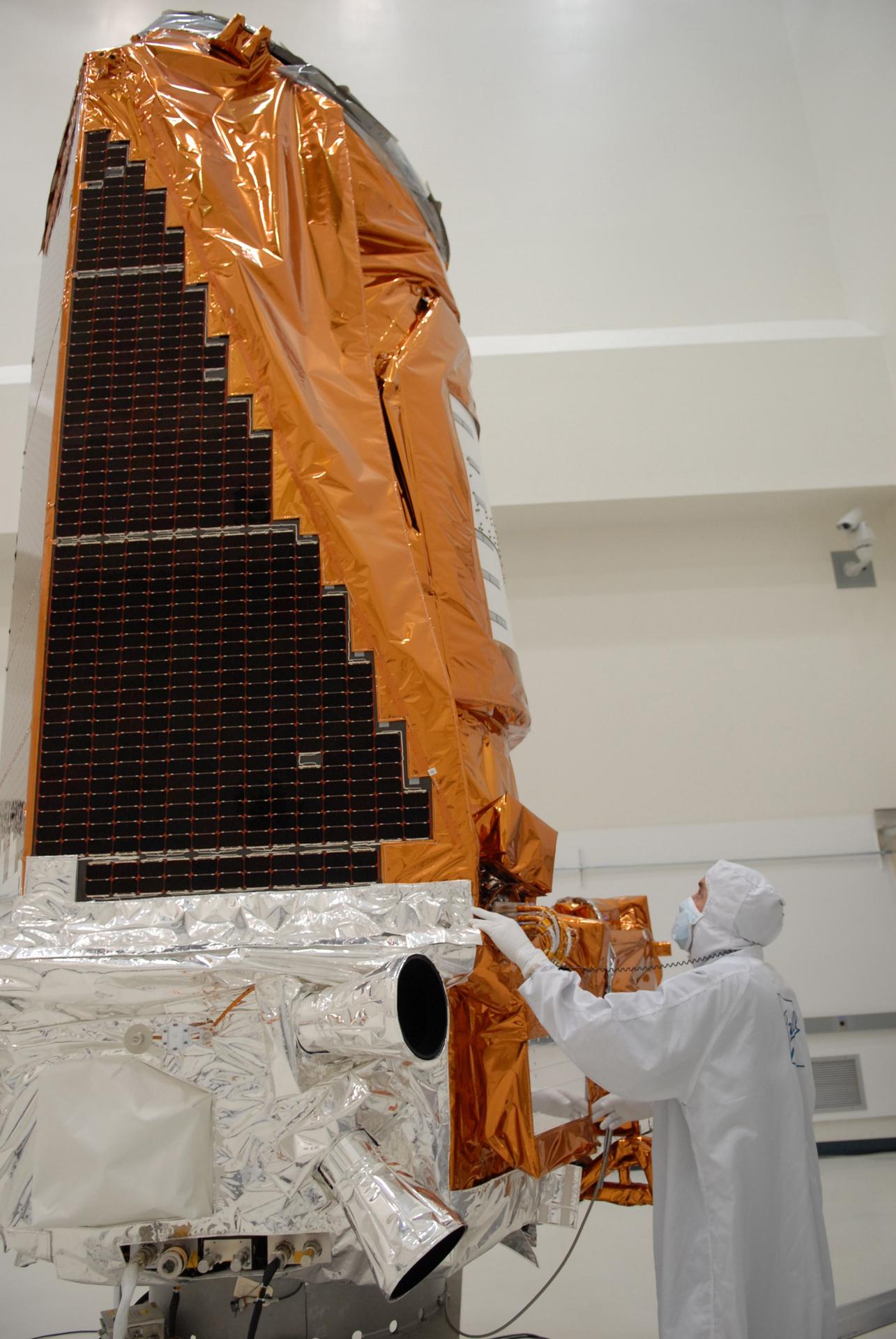
Are UFOs aliens?
Unidentified flying objects (UFOs) are things in the sky that aren’t explained. The first modern UFO sighting goes back to 1947, when a U.S. fighter pilot reported seeing flying saucers in Washington. Not every UFO sighting can be explained, but many turn out to be events with an Earthly origin. For example, the famous “UFO crash” from Roswell, New Mexico, in 1947 was actually debris from an experimental military balloon that was supposed to pick up sound waves from atomic bomb tests in the Soviet Union.
More recently, strange videos have shown seemingly quick-moving, hovering objects. These “unidentified aerial phenomena” (UAPs) don’t have an official explanation. However, they could be normal objects that seem to be moving quickly due to optical illusions, or things that aren’t what they appear to be. The pilot who took the videos might have been seeing drones, weather balloons or even birds.
Any alien civilization with the kind of technology to build spacecraft has to be an enormous distance away, given that the closest exoplanet that has the right conditions for life is Proxima Centauri B, which is 24 trillion miles away. Proxima Centauri B isn’t very close, and it might not have an atmosphere. So it might not have life at all, much less life that could travel to us. And we would need some seriously advanced way to get there: With current Earth technology, it would take 6,300 years for a spacecraft to travel from Earth to Proxima Centauri B.
In other words, no, UFOs probably aren’t aliens. An alien civilization could send a spacecraft to our planet, but it would mean the aliens who sent it in the first place — and their kids, grandkids, great-grandkids, great-great-grandkids and so on — would probably be long dead before the craft reached us. So it’s a lot more likely that UFO sightings are cases of mistaken identity.

